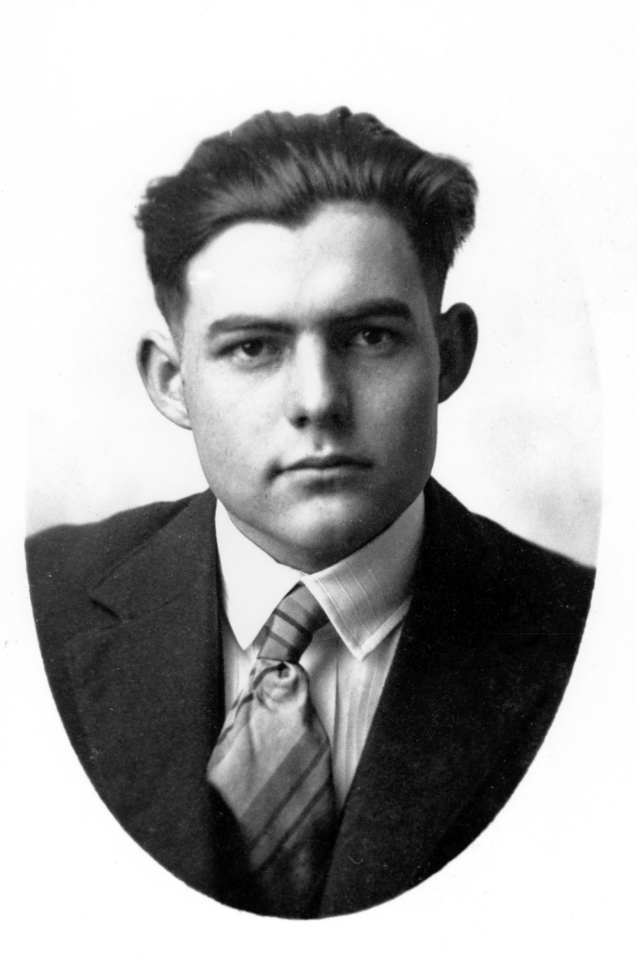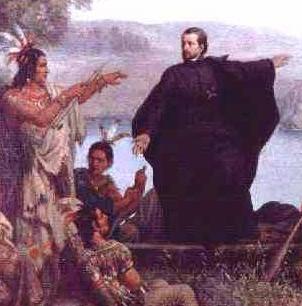- Details
 The first blood bank in the United States was in Chicago at Cook County Hospital (now Stroger Hospital). Hungarian-American doctor Bernard Fantus founded the blood bank in 1936.
The first blood bank in the United States was in Chicago at Cook County Hospital (now Stroger Hospital). Hungarian-American doctor Bernard Fantus founded the blood bank in 1936.
World War I increased demand for blood transfusions. Prior to blood banks, whenever a patient needed blood doctors had to find a donor with a matching blood type immediately. To solve this problem, Dr. Fantus sought to find out if blood could be preserved for longer than a few hours and discovered that blood could be preserved for ten days. This led to key advances in modern medicine as doctors were now able to perform surgery and save lives more easily than they had in the past.
In its first year, 1,354 blood transfusions were performed at the Cook County Hospital Blood Bank. The creation and success of the first blood bank in the U.S. led to the opening of thousands more across the country. Each year, 6.8 million Americans donate blood, and more than 20 million blood components are transfused. Since 1936, countless lives have been saved because of Dr. Fantus' work.
- Details
 The famous baked goods company Sara Lee got its start in 1935 when baker and entrepreneur Charles Lubin and his brother-in-law bought a small chain of Chicago neighborhood bakeries called Community Bake Shops. The stores grew in popularity and increased from three to seven.
The famous baked goods company Sara Lee got its start in 1935 when baker and entrepreneur Charles Lubin and his brother-in-law bought a small chain of Chicago neighborhood bakeries called Community Bake Shops. The stores grew in popularity and increased from three to seven.
Seeking more business ventures, Charlie parted ways with his brother-in-law in 1949 and named his chain of bakeries after his 8-year-old, daughter Sara Lee. The company had operations in more than 40 countries and sold its products in over 180.
Sara Lee’s roots remained in Chicago after being bought by Nathan Cummings in 1956, a Canadian-born American and philanthropist. He acquired multiple businesses, one of which was a leading wholesale grocery company in Chicago (Warner & Co.). In 1956, Cummings’s Consolidated Foods Corp. purchased Sara Lee.
- Details
 Ernest Hemingway was born July 21, 1899, in the Chicago suburb of Oak Park. His father, Clarence, was a physician and his mother was a former opera performer. Growing up, he spent many summers at his family’s home on the banks of Walloon Lake in Michigan. He attended high school in the Oak Park public school system.
Ernest Hemingway was born July 21, 1899, in the Chicago suburb of Oak Park. His father, Clarence, was a physician and his mother was a former opera performer. Growing up, he spent many summers at his family’s home on the banks of Walloon Lake in Michigan. He attended high school in the Oak Park public school system.
He began writing while in high school and upon graduating, he moved to Kansas City to be a reporter for the Star. Less than a year later, he began serving in World War I with the American Red Cross as an ambulance driver. During his service, he was injured on the Austro-Italian front.
- Details
 The Chicago Lincoln Park Zoo was founded in 1868, making it one of the oldest zoos in the country. The first animal purchased for the zoo was in 1874, a bear cub for $10. Still running today, there is a large variety of animals located there.
The Chicago Lincoln Park Zoo was founded in 1868, making it one of the oldest zoos in the country. The first animal purchased for the zoo was in 1874, a bear cub for $10. Still running today, there is a large variety of animals located there.
In 1868, a pair of swans were given to the zoo by the Lincoln Park Commissioners, making them the first occupants of the zoo. Six years later, the bear cub was introduced. Due to the cub learning how to adapt to its new exhibit, it would climb the trees and was often found roaming around the zoo at night.
Today, the Lincoln Park Zoo has around 1,250 animals living there including: polar bears, penguins, gorillas, reptiles, monkeys and other species. If you plan to go to Chicago, no matter alone or with family, a visit is not complete without visiting the Lincoln Park Zoo.
For more information visit the Lincoln Park Zoo website.
- Details
 Today, in Illinois history, Father Jacques Marquette, Louis Jolliet, and support crew went down the Mississippi River to be the first explorers in what would become the state of Illinois.
Today, in Illinois history, Father Jacques Marquette, Louis Jolliet, and support crew went down the Mississippi River to be the first explorers in what would become the state of Illinois.
They left from Mackinac Island to attempt to find the Northwest Passage to China. Though they were unsuccessful in their goal of finding the Northwest Passage, they were able on their way back up the Mississippi to tour the Illinois River Valley.
They visited an area near modern day Peoria. There they met with a tribe of Kaskaskia Indians. The tribe called themselves “Illiniwek.” The tribe was warring with other tribes but took in Marquette and Jolliet as their guests and showed them their way of life.
Marquette and Jolliet both were impressed with the Illinois River valley. “We have seen nothing like this river for the fertility of the land, its prairies, woods and wild cattle,” they said.
Later, Marquette would return to Illinois country to set up a Jesuit mission in Illinois.
More Articles …
- Did You Know? Frank Lloyd Wright designed a multitude of Illinois buildings
- Did You Know? Author Ray Bradbury was from Illinois
- Did You Know? The 1893 World’s Fair was hosted in Chicago.
- Did You Know? Dr. James Watson is from Illinois.
- Did You Know? The Illinois and Michigan Canal opened on April 10.





